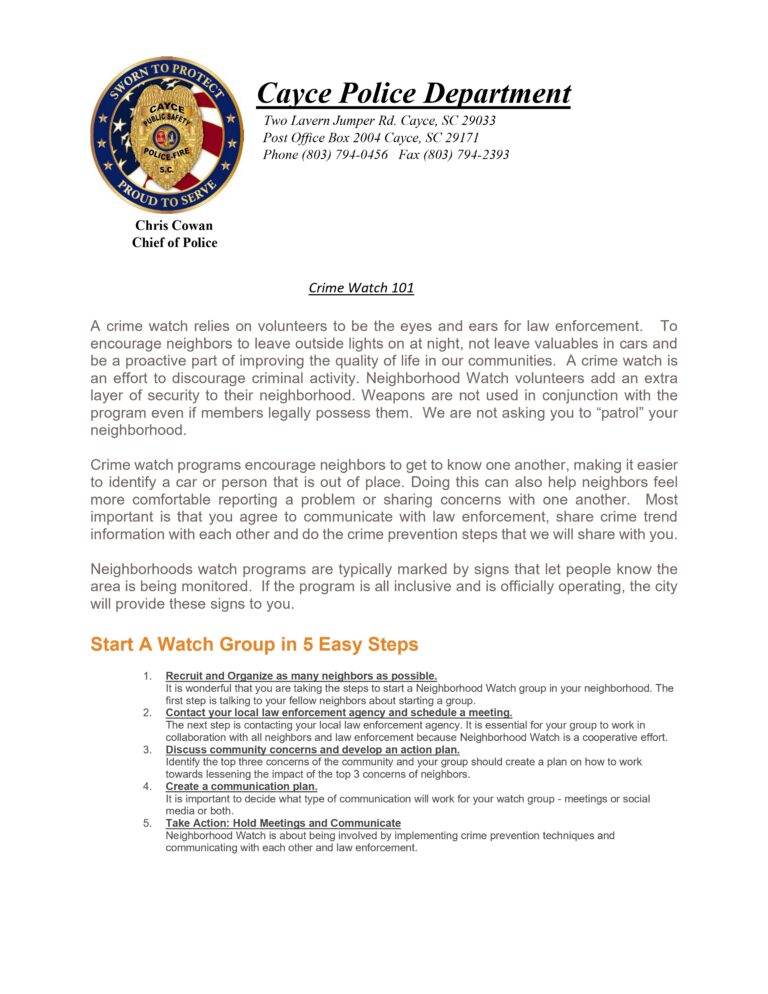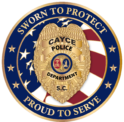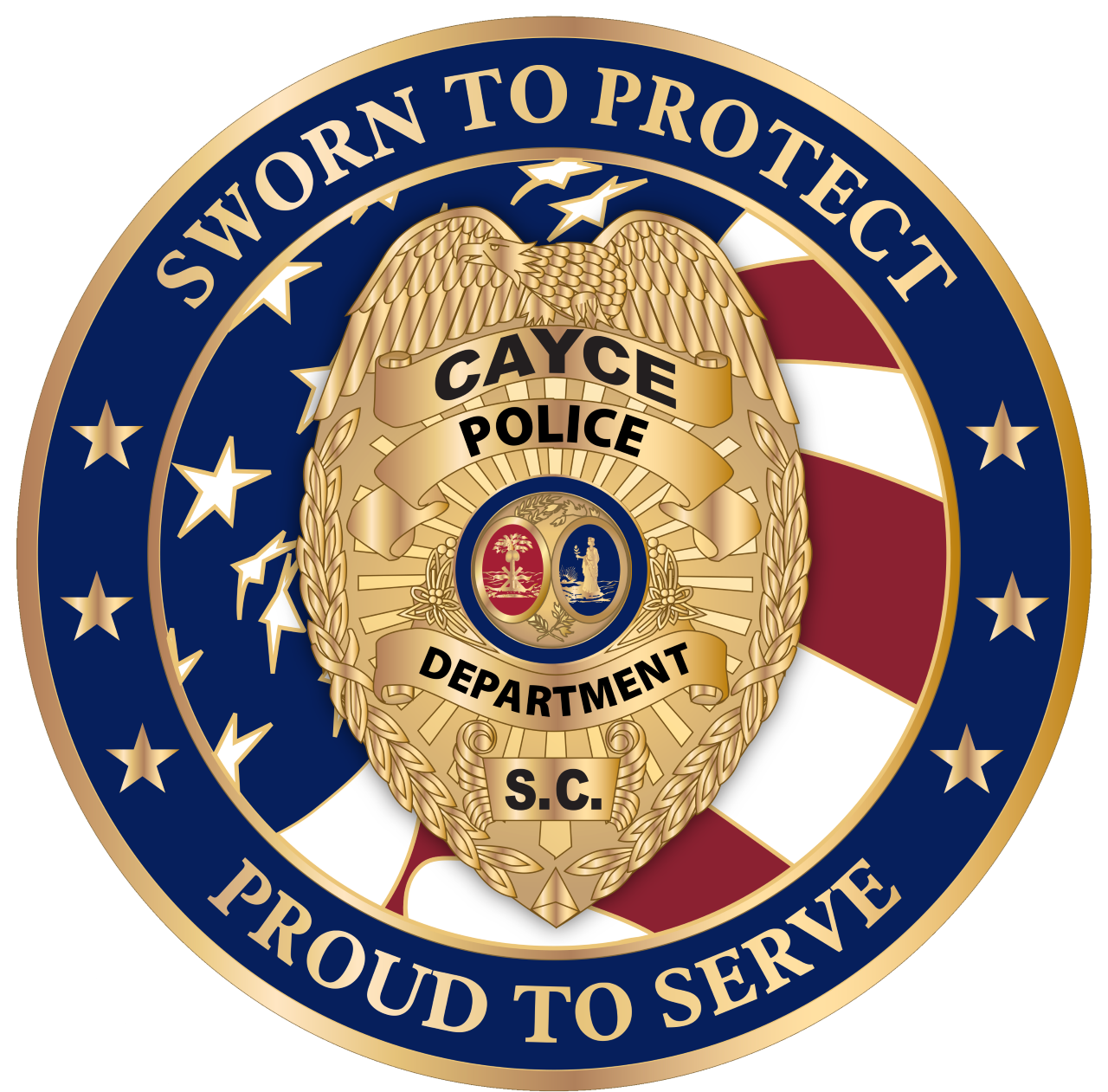Crime prevention Tips

“Locks are a significant part of a for protecting comprehensive strategy for protecting your home, your loved ones, and your possessions.”
Alfonso E. Lenhardt President and CEO The National Crime Prevention Council
There was a time when we did not feel the need to lock the doors of our homes. As times have changed, so has the need to use locks for protection and to seek better locking technology for our homes and businesses. Deadbolts emerged on the market during the 1960s and gained popularity through the 1970s as a way to add additional security to a door. Today even newer technologies are available to further enhance security appropriate to the societal risks. According to the National Crime Prevention Council (NCPC), burglars look for homes that are easy targets. More than ever, locks are the most critical element in protecting your family and possessions
Front Door
A heavy-duty tubular deadbolt or mortise lock provides good protection on a front door so long as it has at least a 1” bolt and can provide protection against picking, drilling, and other forms of physical attack.
Garage Door
Be sure to put a deadbolt on the door between your garage and home as many garage doors are easily opened by errant radio signals. Review the suggested requirements for the front door to determine the type of deadbolt to use.
Securing Windows
Windows should be secured with either locking hardware that utilizes a key for operation or with removable pins so that a burglar cannot easily force the window open.
Patio and Garden Doors
Many patio or garden doors offer a burglar the ideal opportunity for entry. Sliding doors should be secured with either a locking pin type lock or some type of auxiliary locking device that prevents the door from being lifted off its track. Garden doors often employ multipoint locking, which offers good physical security, but have an inexpensive cylinder that offers no protection against drilling, picking or unauthorized key duplication. Retrofit cylinders are available for the door to allow the use of both the multipoint hardware AND a better cylinder.
Utility Doors
Any storage door or basement door should be secured with the same types of locks as the other doors on the home. A burglar can easily identify the least secure door on a home and will often use it to gain entrance. Typically these type of doors should be secured with a good quality deadbolt.
Out Buildings
There are two risks associated with unsecure utility doors. The obvious is that the items contained within the outbuilding could be taken. Less obvious is that a burglar could use the building as a hiding place to further scope out an entrance to the main home
Other Considerations
Locks represent a significant part of your comprehensive approach to home security. NCPC recommends that homeowners should also keep their shrubs trimmed, so that burglars cannot hide behind them, and install and use appropriate lighting to illuminate entrances and walkways. Remember that your security is only as good as the weakest link in your security strategy. All elements must be considered in concert with one-another for the most reliable system. Don’t rely entirely on an alarm for security. An alarm notifies police and neighbors AFTER the crime event. Most burglars realize that even after the alarm sounds, they have at least 10 minutes before the police arrive. Good quality locks can prevent the burglary from occurring and should be considered as a key element of a homeowner’s prevention strategy.
-The National Crime Prevention Council
Overview
- Never leave your vehicle unattended with the keys in it.
- Never leave your vehicle running unattended, it only takes a second for a criminal to take advantage of this.
- Motor vehicle theft is usually a crime of opportunity.
- Auto theft can happen fast. An unoccupied car, with its engine left running by the owner, can be stolen in a matter of seconds.
- No geographic area or make or model of car is immune to theft.
- More than two-thirds of all auto theft occurs at night.
Prevention Tips
- Never leave your vehicle unattended with the keys in the ignition.
- Always lock your doors and close your windows when you leave your car.
- Park in busy and well-lighted areas.
- Report auto theft immediately to police and include the make, model, Vehicle Identification Number (VIN), and plate number.
- Use alarms and anti-theft devices.
- Use advanced anti-theft precautions, such as etching the vehicle’s VIN into the windows, making the vehicle easier to identify if stolen.
-The National Crime Prevention Council
Overview
- Theft from autos is also a crime of opportunity, often when owners are not vigilant.
- Electronics and portable devices such as iPods, GPS devices, laptops, and cell phones are among items most often targeted. Even small change left visible may be enough to entice a criminal to break a car window.
- Each year, approximately $1.2 billion in personal items are stolen from autos nationwide.
- About 1.85 million thefts happen each year, with countless more attempted break-ins.
Prevention Tips
- Park in busy and well-lighted areas, keeping your car in plain sight.
- Since approximately one-fourth of thefts from vehicles are from unsecured autos, close all of your windows and lock all of your doors.
- Deter would-be thieves by using alarms and anti-theft devices.
- Keep valuable items, including their accessories, out of sight.
- Consider leaving expensive items at home unless they are truly needed, or take them with you when you leave your car.
- Report any suspicious activity that you see in parking lots or your neighborhood.
-The National Crime Prevention Council
Commercial Robbery
- Keep the outside of your business well-lit at night. Ensure there is sufficient lighting all the way around the property, including any rear or side alleyways. Always report suspicious activity no matter how small you think it may be.
- Install video surveillance and make its existence well known to customers. use cameras and mirrors to observe all areas of the store and try to avoid any “blind spots” the equipment should allow for a 360-degree view of the exterior. Place a surveillance camera behind the cash register and facing the front counter.
- Use one or more persons to open and/or close the business. There is better safety in numbers.
- Keep key holder information up to date with law enforcement and the alarm company.
- Keep cash on-premises to a minimum. Make frequent cash drops at varied times of the day or week. use two or more employees to make cash drops, use a courier service, or call us for an escort.
- Don’t be afraid to call the police if you see something suspicious. Keep law enforcement emergency and non-emergency phone numbers handy.
“Locks are a significant part of a for protecting comprehensive strategy for protecting your home, your loved ones, and your possessions.”
Alfonso E. Lenhardt President and CEO The National Crime Prevention Council
There was a time when we did not feel the need to lock the doors of our homes. As times have changed, so has the need to use locks for protection and to seek better locking technology for our homes and businesses. Deadbolts emerged on the market during the 1960s and gained popularity through the 1970s as a way to add additional security to a door. Today even newer technologies are available to further enhance security appropriate to the societal risks. According to the National Crime Prevention Council (NCPC), burglars look for homes that are easy targets. More than ever, locks are the most critical element in protecting your family and possessions
Front Door
A heavy-duty tubular deadbolt or mortise lock provides good protection on a front door so long as it has at least a 1” bolt and can provide protection against picking, drilling, and other forms of physical attack.
Garage Door
Be sure to put a deadbolt on the door between your garage and home as many garage doors are easily opened by errant radio signals. Review the suggested requirements for the front door to determine the type of deadbolt to use.
Securing Windows
Windows should be secured with either locking hardware that utilizes a key for operation or with removable pins so that a burglar cannot easily force the window open.
Patio and Garden Doors
Many patio or garden doors offer a burglar the ideal opportunity for entry. Sliding doors should be secured with either a locking pin type lock or some type of auxiliary locking device that prevents the door from being lifted off its track. Garden doors often employ multipoint locking, which offers good physical security, but have an inexpensive cylinder that offers no protection against drilling, picking or unauthorized key duplication. Retrofit cylinders are available for the door to allow the use of both the multipoint hardware AND a better cylinder.
Utility Doors
Any storage door or basement door should be secured with the same types of locks as the other doors on the home. A burglar can easily identify the least secure door on a home and will often use it to gain entrance. Typically these type of doors should be secured with a good quality deadbolt.
Out Buildings
There are two risks associated with unsecure utility doors. The obvious is that the items contained within the outbuilding could be taken. Less obvious is that a burglar could use the building as a hiding place to further scope out an entrance to the main home
Other Considerations
Locks represent a significant part of your comprehensive approach to home security. NCPC recommends that homeowners should also keep their shrubs trimmed, so that burglars cannot hide behind them, and install and use appropriate lighting to illuminate entrances and walkways. Remember that your security is only as good as the weakest link in your security strategy. All elements must be considered in concert with one-another for the most reliable system. Don’t rely entirely on an alarm for security. An alarm notifies police and neighbors AFTER the crime event. Most burglars realize that even after the alarm sounds, they have at least 10 minutes before the police arrive. Good quality locks can prevent the burglary from occurring and should be considered as a key element of a homeowner’s prevention strategy.
-The National Crime Prevention Council
Overview
- Never leave your vehicle unattended with the keys in it.
- Never leave your vehicle running unattended, it only takes a second for a criminal to take advantage of this.
- Motor vehicle theft is usually a crime of opportunity.
- Auto theft can happen fast. An unoccupied car, with its engine left running by the owner, can be stolen in a matter of seconds.
- No geographic area or make or model of car is immune to theft.
- More than two-thirds of all auto theft occurs at night.
Prevention Tips
- Never leave your vehicle unattended with the keys in the ignition.
- Always lock your doors and close your windows when you leave your car.
- Park in busy and well-lighted areas.
- Report auto theft immediately to police and include the make, model, Vehicle Identification Number (VIN), and plate number.
- Use alarms and anti-theft devices.
- Use advanced anti-theft precautions, such as etching the vehicle’s VIN into the windows, making the vehicle easier to identify if stolen.
-The National Crime Prevention Council
Overview
- Theft from autos is also a crime of opportunity, often when owners are not vigilant.
- Electronics and portable devices such as iPods, GPS devices, laptops, and cell phones are among items most often targeted. Even small change left visible may be enough to entice a criminal to break a car window.
- Each year, approximately $1.2 billion in personal items are stolen from autos nationwide.
- About 1.85 million thefts happen each year, with countless more attempted break-ins.
Prevention Tips
- Park in busy and well-lighted areas, keeping your car in plain sight.
- Since approximately one-fourth of thefts from vehicles are from unsecured autos, close all of your windows and lock all of your doors.
- Deter would-be thieves by using alarms and anti-theft devices.
- Keep valuable items, including their accessories, out of sight.
- Consider leaving expensive items at home unless they are truly needed, or take them with you when you leave your car.
- Report any suspicious activity that you see in parking lots or your neighborhood.
-The National Crime Prevention Council
Commercial Robbery
- Keep the outside of your business well-lit at night. Ensure there is sufficient lighting all the way around the property, including any rear or side alleyways. Always report suspicious activity no matter how small you think it may be.
- Install video surveillance and make its existence well known to customers. use cameras and mirrors to observe all areas of the store and try to avoid any “blind spots” the equipment should allow for a 360-degree view of the exterior. Place a surveillance camera behind the cash register and facing the front counter.
- Use one or more persons to open and/or close the business. There is better safety in numbers.
- Keep key holder information up to date with law enforcement and the alarm company.
- Keep cash on-premises to a minimum. Make frequent cash drops at varied times of the day or week. use two or more employees to make cash drops, use a courier service, or call us for an escort.
- Don’t be afraid to call the police if you see something suspicious. Keep law enforcement emergency and non-emergency phone numbers handy.


